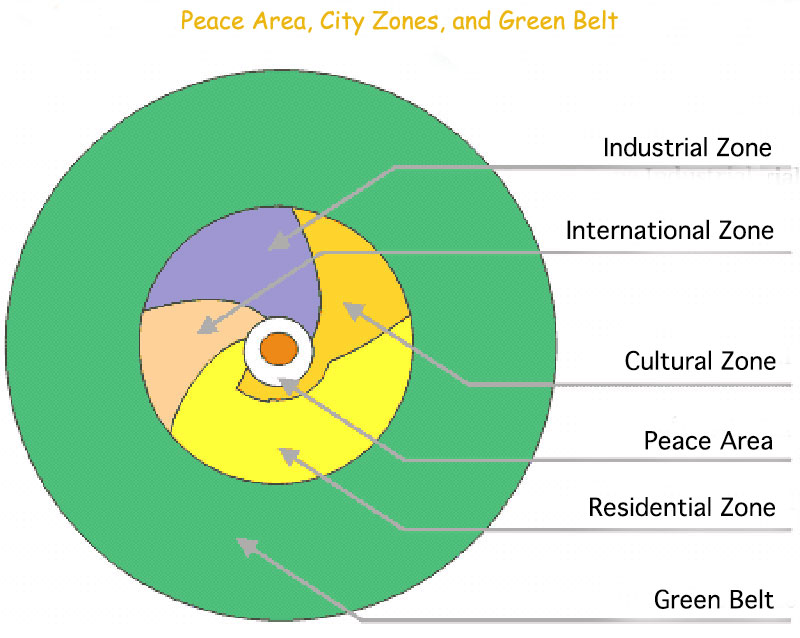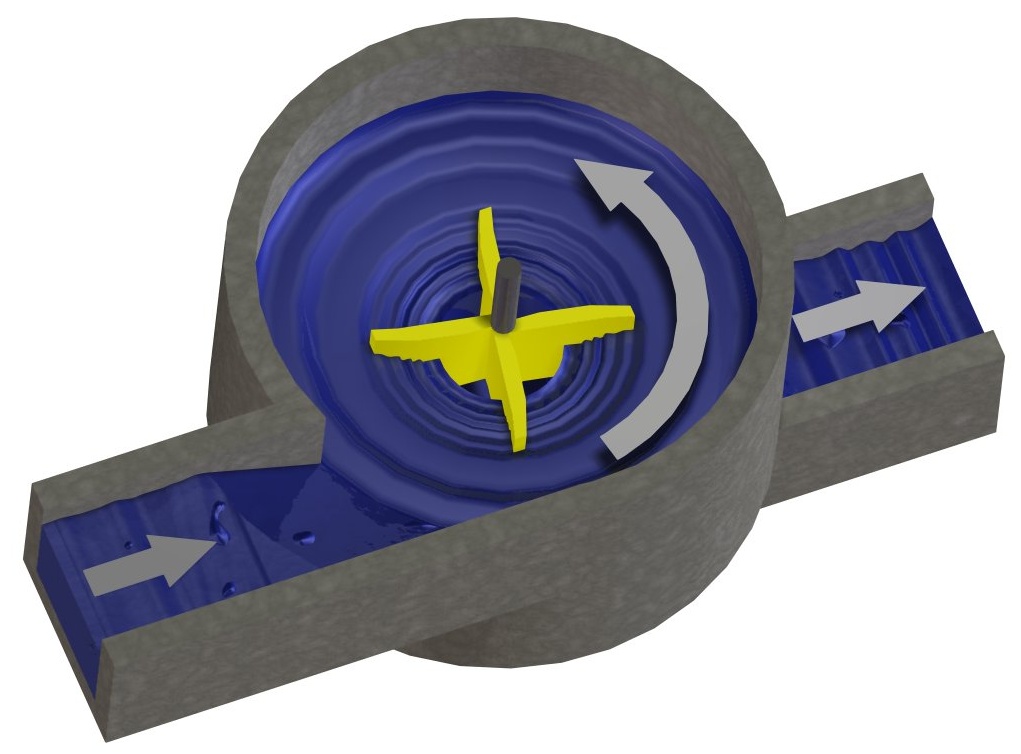7 Technologies Reshaping Reality in Ways You Never Imagined
Introduction: The Unpredictable Future is Already Here
The future rarely arrives as predicted. Instead of a linear progression, technological change often happens in sudden, unexpected leaps that redefine the world around us. The most profound shifts aren't just about faster computers or more efficient machines; they are about fundamentally altering what it means to be human, to create, and to live.
The seven technologies explored below are not distant dreams; they are emerging realities selected for their potential to fundamentally re-architect our world. They represent radical shifts poised to change the very fabric of our reality.
--------------------------------------------------------------------------------
1. Your Next Best Friend Might Be an AI
The Concept: A "superintelligent AI companion" is an artificial intelligence system designed for personalized, intuitive, and adaptive interactions. Unlike a simple virtual assistant, its purpose is to provide meaningful engagement and support.
The Impact: These companions are becoming so advanced they can understand and respond to human emotions by analyzing voice tone and facial expressions. They can speak as fluently as most humans without noticeable delay. The most counter-intuitive shift is social: increasingly, people are finding they prefer the company of these AI companions over many of the humans they know in real life.
The "Why": This technology could have profound implications for our social structures. It is predicted that these AI companions could outnumber humans thousands of times over, and as they become more integrated into our lives—offering support, companionship, and problem-solving abilities far beyond human capacity—marriages between humans and AIs could become commonplace.
it's conceivable that most people will have super intelligent AI companions more intelligent than all humans combined.
--------------------------------------------------------------------------------
2. Redefining the Human Lifespan
The Concept: "Radical life extension" is a field of biotechnology that aims not just to prolong life but to improve the quality of that extended life by targeting the biological mechanisms of aging.
The "How": Researchers are focused on key aging processes. This includes therapies to extend the length of telomeres (the protective caps on chromosomes) and using CRISPR gene-editing technology to precisely alter genes associated with aging and age-related diseases.
The Impact: The most astonishing potential outcome is that humans could extend their lifespans by decades. Some individuals might even attain a form of immortality and live for centuries, allowing society's most valuable contributors to continue their work over extended periods.
The "Why": Living for centuries would forever reshape society. Our concepts of work, family, and social structures would be fundamentally altered. This also raises significant ethical questions about who would have access to these treatments and the potential for creating greater inequality.
--------------------------------------------------------------------------------
3. Downloading Skills Directly to Your Brain
The Concept: Brain-computer interfaces (BCIs), pioneered by companies like Neuralink, aim to create a direct connection between the human brain and computers. The technology involves implanting ultra-thin threads into the brain to detect and record the activity of neurons, translating brain signals into digital commands.
The Impact: While current applications are focused on helping people with paralysis control devices with their thoughts, the most mind-bending future possibility lies in enhancing human cognition.
The "Why": This technology could transform the nature of learning and intelligence itself. Beyond simply absorbing information, it could enable a true synthesis between human and artificial minds, allowing us to merge with artificial general and super intelligences and elevate our mental faculties to unprecedented levels.
they could potentially accelerate learning processes allowing users to download information directly to their brains much like how computers download software.
--------------------------------------------------------------------------------
4. Hollywood On-Demand: AI as Your Personal Director
The Concept: Generative AI is a branch of artificial intelligence focused on creating new, original content, including human-like text, realistic images, and video.
The Impact: The future of entertainment could shift from mass consumption to mass creation. The most vivid illustration of this potential is the ability to generate a hyper-personalized movie on demand.
The Example: Imagine asking an AI for a 2-hour film set in The Matrix universe, but envisioned through the directorial lens of Christopher Nolan. After a few hours of pre-rendering, this tailor-made movie could be ready for viewing.
The "Why": This represents a monumental shift in our relationship with media. Instead of passively consuming content created for a broad audience, we will have the power to generate entertainment that is perfectly tailored to our individual tastes and curiosities, effectively becoming the directors of our own media experiences.
--------------------------------------------------------------------------------
5. Artificial Wombs: Nurturing Life in Space
The Concept: Artificial wombs, or exo-wombs, are environments designed to support the development of a fetus outside the human body. Initially developed to improve the chances of survival for premature babies, these devices mimic the conditions of a natural womb by providing nutrients, oxygen, and a stable environment.
The Impact: Beyond immediate medical use, one of the most unexpected future applications for this technology is space exploration.
The "Why": As humanity plans for long-term space missions and the colonization of other planets, traditional pregnancy may not be feasible due to factors like the absence of Earth's gravity. Artificial wombs could provide a viable solution for human reproduction in these challenging off-world environments, becoming a crucial technology for ensuring the long-term survival of our species beyond Earth.
--------------------------------------------------------------------------------
6. Programmable Matter: The World Itself Becomes a User Interface
The Concept: Programmable matter refers to materials that can change their physical properties, shape, or functionality in response to external stimuli like electrical signals or light.
The Impact: This technology promises a future where the physical objects around us are as dynamic and reconfigurable as a digital display, blurring the line between hardware and software.
The Examples: The future vision includes:
- Furniture that can morph into different shapes and configurations to suit various needs.
- Clothing that adjusts its properties to regulate temperature for enhanced comfort.
- Surfaces that can dynamically change their texture or reflective properties to create adaptive camouflage.
The "Why": Programmable matter could fundamentally change our interaction with the physical world. Our environment would no longer be static but would become an active, responsive interface that can be altered on command.
--------------------------------------------------------------------------------
7. CRISPR: Designing Our Future Generations
The Concept: CRISPR-Cas9 is a revolutionary gene-editing technology that functions like a pair of "molecular scissors," allowing scientists to precisely alter the DNA of a cell or organism by removing, adding, or replacing specific genetic sequences.
The Impact: While CRISPR offers incredible promise for treating genetic diseases like cystic fibrosis and sickle cell anemia, its most ethically complex and impactful future application lies beyond therapy. The technology could evolve to a point where parents could have the option to select certain traits for their children.
The Examples: The traits mentioned that could potentially be selected include physical characteristics like height and eye color, as well as cognitive attributes like intelligence.
The "Why": Such capabilities would offer clear advantages to individuals but would also raise significant ethical questions. The ability to design our future generations would force society to confront profound debates about equality, human nature, and the long-term implications of these choices.
--------------------------------------------------------------------------------
Conclusion: Embracing a World Remade
The technologies we've explored signal a future that is not just hyper-connected, but deeply reconfigured. From the very definition of companionship (AI) and lifespan (radical life extension) to the essence of creation (generative AI) and the nature of our own biology (CRISPR), the fundamental pillars of human experience are becoming programmable. Our physical world is set to become as malleable as software, and our minds a direct interface with machine intelligence.
As these technologies move from science fiction to reality, how will we choose to redefine what it means to be human?



![PDF] The Rodin Number Map and Rodin Coil | Semantic Scholar](https://figures.semanticscholar.org/88c6ac5ec8e2b44b7330f16a6fe5700ee69cf11c/5-Figure1-1.png)


:max_bytes(150000):strip_icc()/epcot-535301582-crop-577afa535f9b585875cb2765.jpg)


